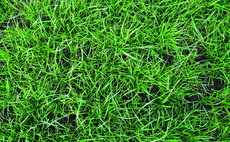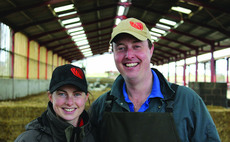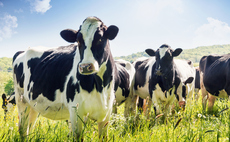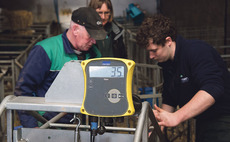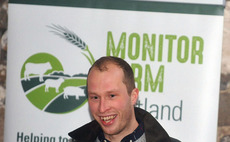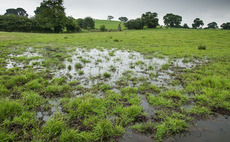Grassland
Livestock
Livestock farmers are being challenged to obtain one tonne more of utilised dry matter from grass this year, as latest figures highlight improved pasture in Great Britain could be under- performing by about 4tonne DM/ha (1.6t
Livestock
Extreme winter weather has left a legacy of catch up jobs, and managing existing grassland and assessing which fields need to be reseeded is among them.
Livestock
One-to-one mentoring with grazing experts has helped Duncan and Sarah Howie in the transition from all-year-round to block calving, with milk from forage now improved. Hannah Noble reports.
Livestock
It is vital cattle producers have a plan to minimise, manage and treat parasitic infections before they reduce productivity and business profitability, according to Boehringer Ingelheim.
Livestock
As field conditions begin to improve, farmers will be considering their options for restoring soil health and boosting forage stocks.
Arable
Maximise energy in your grass and ‘lock-in’ as much as possible when you turn it into silage. New research points the way.
Arable
The Government has committed extra research and development spending, while farmers are being urged to explore the tax benefits of bringing more innovation to their businesses.
Arable
After the exceptionally wet autumn and winter, many farmers will be assessing their options for spring cropping after winter drilling was abandoned.
Livestock
Better utilisation of grass and streamlining efficiencies has allowed one North Ayrshire monitor farm to significantly increase output over the last three years.
Livestock
With widespread high rainfall having hit many regions in recent weeks, those spring grazing livestock may be looking at alternative management options.


 27 March 2020
•
3 min read
27 March 2020
•
3 min read
